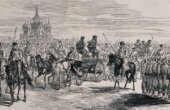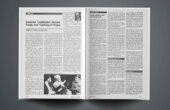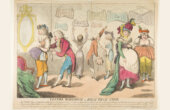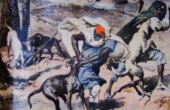The Greatest Unknown Intellectual of the 19th Century
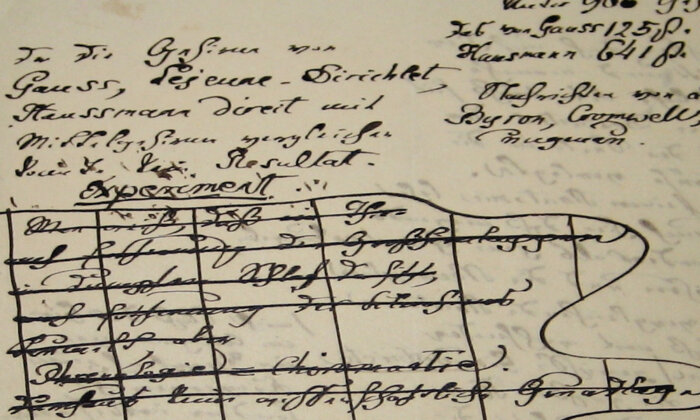
Unlike Charles Darwin and Claude Bernard, who endure as heroes in England and France, Emil du Bois-Reymond is generally forgotten in Germany — no streets bear his name, no stamps portray his image, no celebrations are held in his honor, and no collections of his essays remain in print. Most Germans have never heard of him, and if they have, they generally assume that he was Swiss.
But it wasn’t always this way. Du Bois-Reymond was once lauded as “the foremost naturalist of Europe,” “the last of the encyclopedists,” and “one of the greatest scientists Germany ever produced.” Contemporaries celebrated him for his research in neuroscience and his addresses on science and culture; in fact, the poet Jules Laforgue reported seeing his picture hanging for sale in German shop windows alongside those of the Prussian royal family.
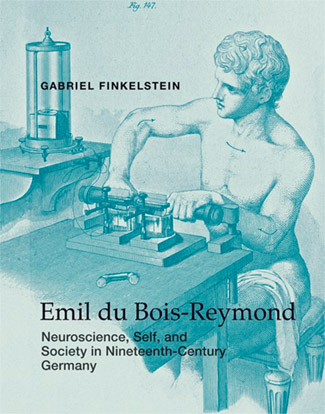
Those familiar with du Bois-Reymond generally recall his advocacy of understanding biology in terms of chemistry and physics, but during his lifetime he earned recognition for a host of other achievements. He pioneered the use of instruments in neuroscience, discovered the electrical transmission of nerve signals, linked structure to function in neural tissue, and posited the improvement of neural connections with use. He served as a professor, as dean, and as rector at the University of Berlin, directed the first institute of physiology in Prussia, was secretary of the Prussian Academy of Sciences, established the first society of physics in Germany, helped found the Berlin Society of Anthropology, oversaw the Berlin Physiological Society, edited the leading German journal of physiology, supervised dozens of researchers, and trained an army of physicians.
He owed most of his fame, however, to his skill as an orator. In matters of science, he emphasized the unifying principles of energy conservation and natural selection, introduced Darwin’s theory to German students, rejected the inheritance of acquired characters, and fought the specter of vitalism, the doctrine that living things are governed by unique principles. In matters of philosophy, he denounced Romanticism, recovered the teachings of Lucretius, and provoked Nietzsche, Mach, James, Hilbert, and Wittgenstein. In matters of history, he furthered the growth of historicism, formulated the tenets of history of science, popularized the Enlightenment, promoted the study of nationalism, and predicted wars of genocide. And in matters of letters, he championed realism in literature, described the earliest history of cinema, and criticized the Americanization of culture.
Epistemology rarely inflames the public imagination anymore. In the second half of the 19th century, however, epistemology was one of the sciences of the soul, and the soul was the most politicized object around.
Today it is hard to comprehend the furor incited by du Bois-Reymond’s speeches. One, delivered on the eve of the Prussian War, asked whether the French had forfeited their right to exist; another, reviewing the career of Darwin, triggered a debate in the Prussian parliament; another, surveying the course of civilization, argued for science as the essential history of humanity; and the most famous, responding to the dispute between science and religion, delimited the frontiers of knowledge.
Epistemology rarely inflames the public imagination anymore. In the second half of the 19th century, however, epistemology was one of the sciences of the soul, and the soul was the most politicized object around. When du Bois-Reymond proclaimed the mystery of consciousness, he crushed the last ambition of reason. Everyone who longed for a secular revelation was devastated by the loss. The historian Owen Chadwick put it this way: “The forties was the time of doubts, in the plural and with a small d. . . . In the sixties Britain and France and Germany entered the age of Doubt, in the singular and with a capital D.”
Jealous rivals identified du Bois-Reymond as a member of the “Berlinocracy” of the new German Empire. This was not quite fair. As a descendant of immigrants, du Bois-Reymond always felt a bit at odds with his surroundings. He had grown up speaking French, his wife was from England, and he counted Jews and foreigners among his closest friends. Even his connections to the Prussian crown prince and princess disaffected him from the regime. Du Bois-Reymond supported women, defended minorities, and attacked superstition; he warned against the dangers of power, wealth, and faith; and he stood up to Bismarck in matters of principle. His example reminds us that patriots in Imperial Germany could be cosmopolitan critics as well as chauvinist reactionaries.
He once joked to his wife that Prussian officers assumed that anyone of his eminence was an intimate of the government who regularly conversed with the Kaiser. He might have told them that he had introduced the engineer Werner Siemens to the mechanic Johann Georg Halske, or that he had launched the career of the physicist John Tyndall, or that he had sponsored the photography of Julia Margaret Cameron, or that he could recite poetry by Goethe and Hugo that he had seen in manuscript, but he was too polite to do more than excuse himself. His enthusiasts would have been pleased to learn that he did indeed present himself to his king, a considerable honor for someone who once signed a guestbook as “Emil du Bois-Reymond, frog-faddist, Berlin.”
Du Bois-Reymond’s distinction was a long time coming. Most of his life he worked in obscurity, although every so often a keen observer would perceive the significance of his methods. Ivan Turgenev, for one, based the character of Bazarov in “Fathers and Sons” on his example. Another famous student at the University of Berlin, Søren Kierkegaard, wrote:
Of all sciences physical science is decidedly the most insipid, and I find it amusing to reflect how, with the passing of time, that becomes trite which once called forth amazement, for such is the invariable lot of the discoveries inherent in “the bad Infinity.” Just remember what a stir it made when the stethoscope was introduced. Soon we shall have reached the point where every barber will use it and, when shaving you, will ask: Would you like to be stethoscoped, Sir? Then someone else will invent an instrument for listening to the beats of the brain. That will make a tremendous stir, until, in fifty years, every barber can do it. Then in a barbershop, when one has had a haircut and a shave and has been stethoscoped (for by then it will be very common) the barber will ask: Perhaps you would also like me to listen to your brain-beats?
Detecting brain-beats is not yet common practice in barbering, but it is in medicine. In this respect Kierkegaard was right: The march of technology has been steady to the point of routine. Every refinement of du Bois-Reymond’s electrophysiological apparatus, from the vacuum-tube amplifier to the microelectrode to the patch clamp, can be thought of as a footnote to his original technique. Such achievement in instrumentation is anything but small: Two years after Kierkegaard’s taunt, du Bois-Reymond contended that physiology would become a science when it could translate life processes into mathematical pictures. The imaging devices associated with medical progress — the EKG, the EEG, the EMG, and the CT, MRI, and PET scanners — seem to vindicate his prediction. But success is not a category of analysis any more than failure. To make sense of why du Bois-Reymond devoted the whole of his scientific career to one problem, it helps to understand his deepest motivations.
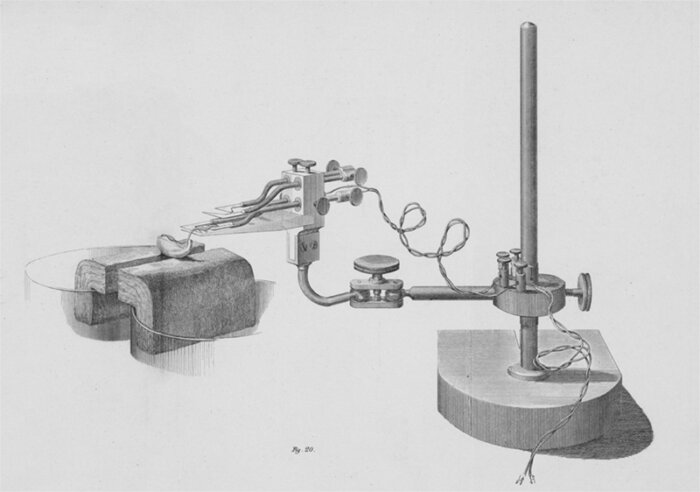
The physiologist Paul Cranefield once asked a simple question: “What kind of scientist, in 1848, would promise to produce a general theory, relating the electrical activity of the nerves and muscles to the remaining phenomena of their living activity?” Cranefield’s answer was someone who believed that electricity was the secret of life. Perhaps du Bois-Reymond really did think of himself as a visionary — after all, he was born in the year in which “Frankenstein” was published. On the other hand, a scientist obsessed with electrophysiology could just as easily be deemed a practical philosopher, a misguided fool, or a complex figure.
The study of animal electricity has a long history. When du Bois-Reymond came to the topic, it was still musty with doctrines of vitalism and mechanism, forces and fluids, irritability and sensibility, and other arcana of biology. Underlying all this confusion were the elementary workings of nerves and muscles, the problem that sustained him throughout his career. The reason is plain: Nerves and muscles are the basis of thought and action. Du Bois-Reymond never gave up trying to understand animal electricity because he never gave up trying to understand himself.
“If you want to judge the influence that a man has on his contemporaries,” the physiologist Claude Bernard once said, “don’t look at the end of his career, when everyone thinks like him, but at the beginning, when he thinks differently from others.”
This quest for identity informed the course of his science and his society, a Romantic theme of parallel development common to the first half of 19th century. Du Bois-Reymond’s struggle to establish himself might stand for Germany’s struggle to establish itself, the success of both endeavors catching witnesses off guard. Less apparent is the more classical theme of the second half of his life: the understanding that authority implies restraint. This is the deeper significance of his biography — how his discipline failed to capture experience, how his praise of the past hid his disapproval of the present, and how his letters and lectures only hinted at the passion of his ideals. “The result of a year’s work depends more on what is struck out than on what is left in,” Henry Adams wrote in 1907. Du Bois-Reymond shared Adams’s Attic sensibility. The sad fact is that most of his countrymen did not. Du Bois-Reymond was not the first intellectual to counsel renunciation over transcendence, but he was one of the last in a nation bent on asserting itself. His caution deserves notice.
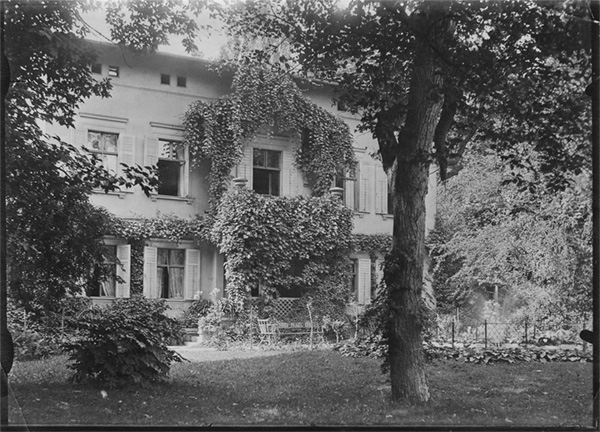
How, then, could someone so famous and so important end up so forgotten? Let me suggest three kinds of answer. The first has to do with the histories that disciplines write about their origins. These usually take the form of the classical Greek myth of the Titanomachy, with a Promethean figure (the disciplinary founder) aligning with the Olympian gods of truth against an older and more barbaric generation (here symbolized by Kronos, or tradition). Psychology provides a perfect case in point. In Russia the discipline’s heroes are the two Ivans, Pavlov and Sechenov, with little discussion of how much they owed to Carl Ludwig’s studies of digestion or Emil du Bois-Reymond’s studies of nerve function. In Austria the hero is Sigmund Freud, and only recently has Andreas Mayer laid out just how much he learned from Jean-Martin Charcot’s use of hypnosis. And in the United States the hero is William James, the center of a veritable industry of scholars, none of whom quite put their finger on why he moved to Berlin in 1867. James never mentioned his debt to du Bois-Reymond, perhaps because he quit his class, or perhaps because so many of his early lectures drew from du Bois-Reymond’s writings. In each case the titanic hero breaks the line of continuity, throws over the all-devouring father, and benefits humanity with his torch of reason.
The second answer has to do with academic specialization. Du Bois-Reymond is hard to pigeonhole. This is the trouble with studying polymaths: It takes a long time to master the history of the fields in which they work, and when one does, it isn’t easy to sum up their contributions in a catchphrase. As a result historians have tended to reduce the complexity of Imperial German culture to caricatures of creepiness on the one hand (Nietzsche, Wagner, and “the politics of despair”) and kitsch on the other (nature, exercise, domesticity, and Christmas). Such distortions fail to capture the main feature of the age, which was excellence in science, technology, and medicine. After all, it’s not just du Bois-Reymond who has been forgotten — pretty much every German scientist of the 19th century has been forgotten as well.
Du Bois-Reymond is hard to pigeonhole. This is the trouble with studying polymaths: It takes a long time to master the history of the fields in which they work, and when one does, it isn’t easy to sum up their contributions in a catchphrase.
To my mind du Bois-Reymond provided the best explanation for his oblivion. Reflecting on how few of his generation remembered Voltaire, he suggested that “the real reason might be that we are all more or less Voltairians: Voltairians without even knowing it.” The same holds true for du Bois-Reymond: He is hidden in plain sight.
Du Bois-Reymond reminds us that individuals mark their times as much as their times mark them. “If you want to judge the influence that a man has on his contemporaries,” the physiologist Claude Bernard once said, “don’t look at the end of his career, when everyone thinks like him, but at the beginning, when he thinks differently from others.” Bernard’s comment regards innovation as a virtue. By this measure du Bois-Reymond’s contributions are as noble as any. But du Bois-Reymond taught a lesson of even greater importance, one that matters now as much as ever: how to contend with uncertainty.
Gabriel Finkelstein is Associate Professor of History at the University of Colorado Denver and the author of “Emil du Bois-Reymond: Neuroscience, Self, and Society in Nineteenth-Century Germany.”
